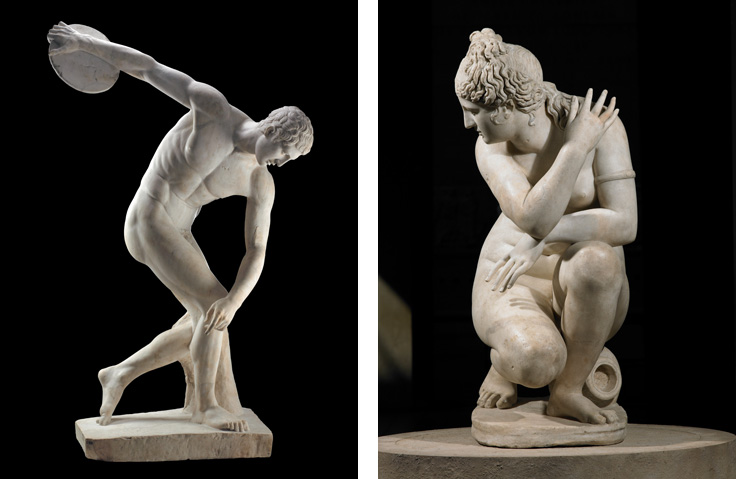Giacobbe Giusti, The Lampedusa Cross by Francesco Tuccio

The Lampedusa Cross was made specially for the museum by an Italian carpenter

British Museum boss MacGregor leaves Lampedusa cross
British Museum boss Neil MacGregor’s final acquisition before stepping down is a cross made from the wreck of a refugee boat sunk in the Mediterranean.
The 2013 Lampedusa Cross was made and gifted by carpenter Francesco Tuccio, who lives on the Italian island.
The boat was carrying more than 500 refugees from Eritrea and Somalia, of which 151 people survived
MacGregor, who steps down on Friday, said: “This simple yet moving object is a poignant gift to the collection.”
He continued: “Mr Tuccio’s generosity will allow all visitors to the museum to reflect on this significant moment in the history of Europe, a great migration which may change the way we understand our continent.
“In my time at the museum we have acquired many wonderful objects, from the grand to the humble, but all have sought to shine a light on the needs and hopes that all human beings share.”
The overcrowded boat caught fire, capsized and sank. Some of the survivors were Eritrean Christians fleeing from persecution in their home country.
Mr Tuccio met some of them in his local church. Though unable to help them in a concrete way, he collected wood from their boat and made each of them a cross as a symbol of hope.
The carpenter also made a cross for Pope Francis to carry at a memorial service.

Mr Tuccio then created another cross for the museum, after it contacted him to find out if he would donate one he had already made.
When the museum thanked the carpenter, he wrote back saying: “It is I who should thank you for drawing attention to the burden symbolised by this small piece of wood.”
The museum said: “It is essential that the museum continues to collect objects that reflect contemporary culture in order to ensure the collection remains dynamic and reflects the world as it is.
“The Lampedusa disaster was one of the first examples of the terrible tragedies that have befallen refugees/migrants as they seek to cross from Africa into Europe.
“The cross allows the museum to represent these events in a physical object so that in 10, 50,100 years’ time this latest migration can be reflected in a collection which tells the stories of multiple migrations across millennia.”
MacGregor, who joined the museum in 2002, has said he is stepping down as director because he wants to stop working full-time.
During his time in charge, he has been credited with reforming its one-time “stuffy” image to make it one of the world’s most visited attractions.
Major success stories under his watch have included its First Emperor: China’s Terracotta Army exhibition in 2007 and Turner Prize-winner Grayson Perry’s Tomb of the Unknown Craftsman in 2011.
And overall, visitor numbers to the museum in central London have also risen from 4.6 million a year to 6.7 million since 2002.
Although he will no longer be working full-time, MacGregor has said he will continue to be involved with special projects undertaken by the museum.
http://www.bbc.com/news/entertainment-arts-35120004















